What will your office look like by 2050?
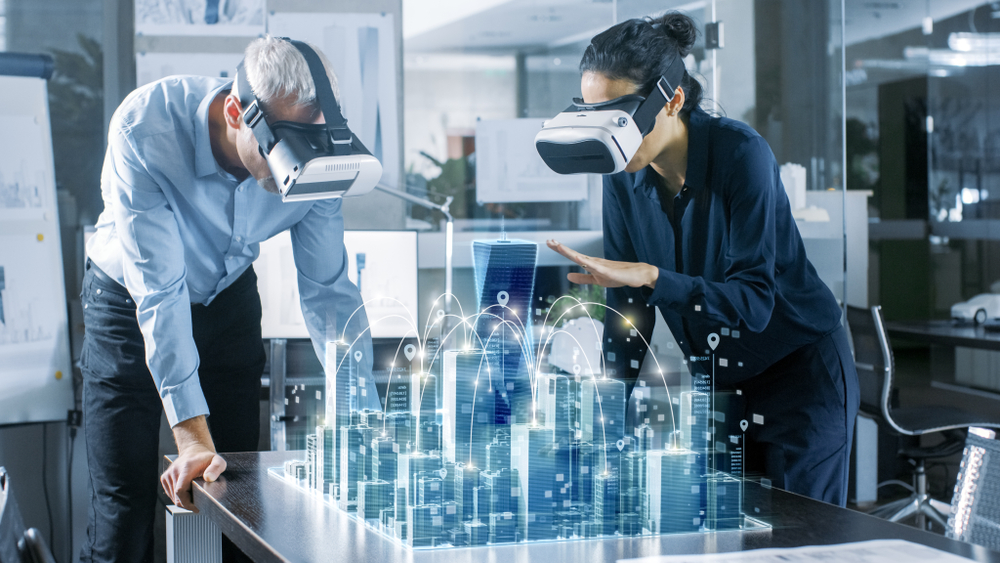
We have seen a lot of changes to the way we work in recent years. COVID saw the introduction of remote and hybrid working, where employees can now work from a desk in their bedroom and dial into virtual meetings. We are seeing four-day working weeks being trialled around the country and modern businesses are striving to offer employees better working holidays, schemes and benefits.
With all this change happening in the space of a few years, what could our offices look like in the future? Well, we spoke to qualified futurists and technology experts to find out.
Future developments that will transform the workplace
Artificial intelligence uses computer science and datasets, to enable advanced problem solving. We worked with experts to predict what technologies could have the most significant impact on office life in both the near and distant future, with a focus on the likes of AI, VR and employee health and wellbeing. We used the most popular, and intriguing responses to create an image of what a commercial office might look like in years to come.
Welcome to the office of the future…
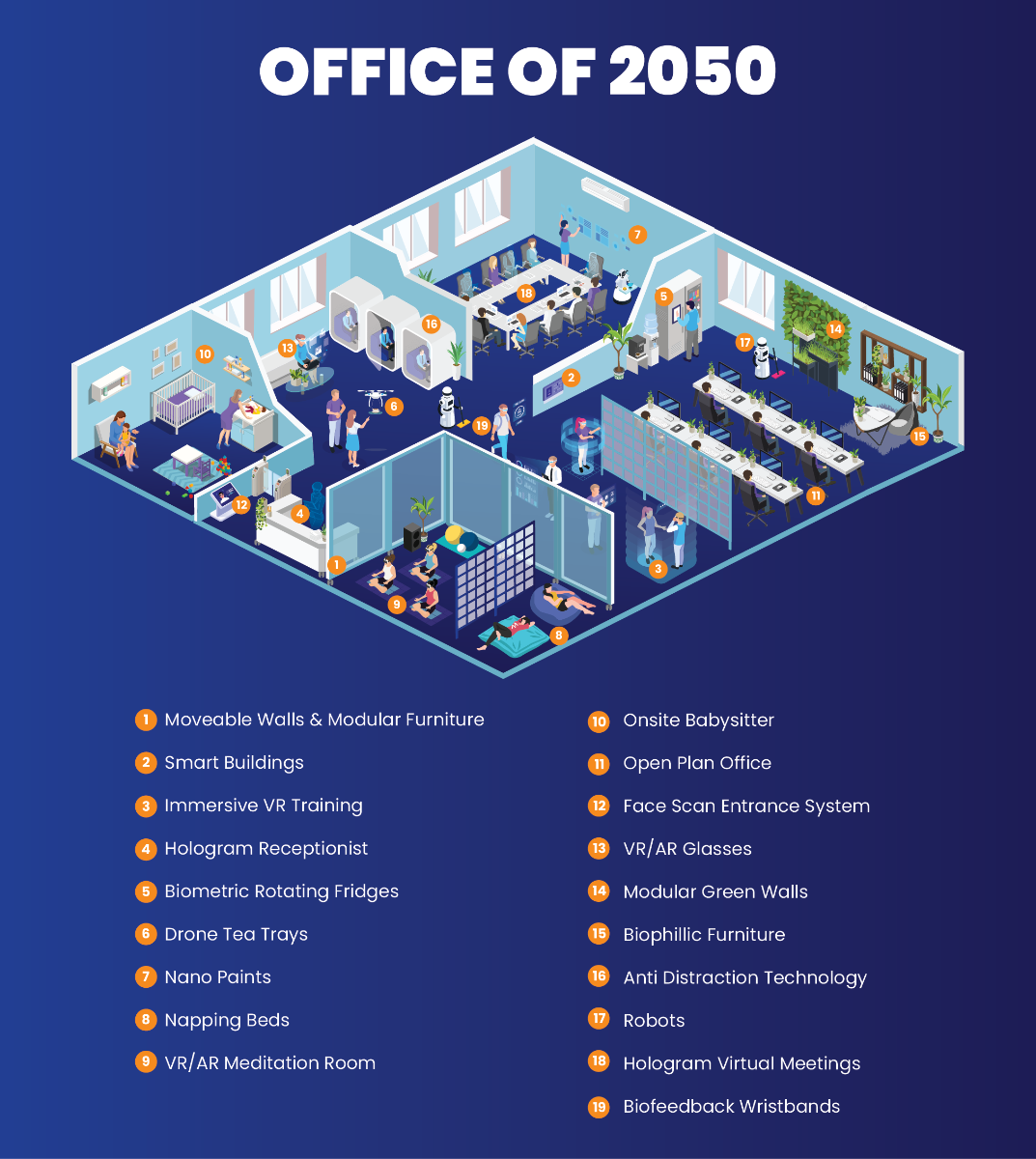
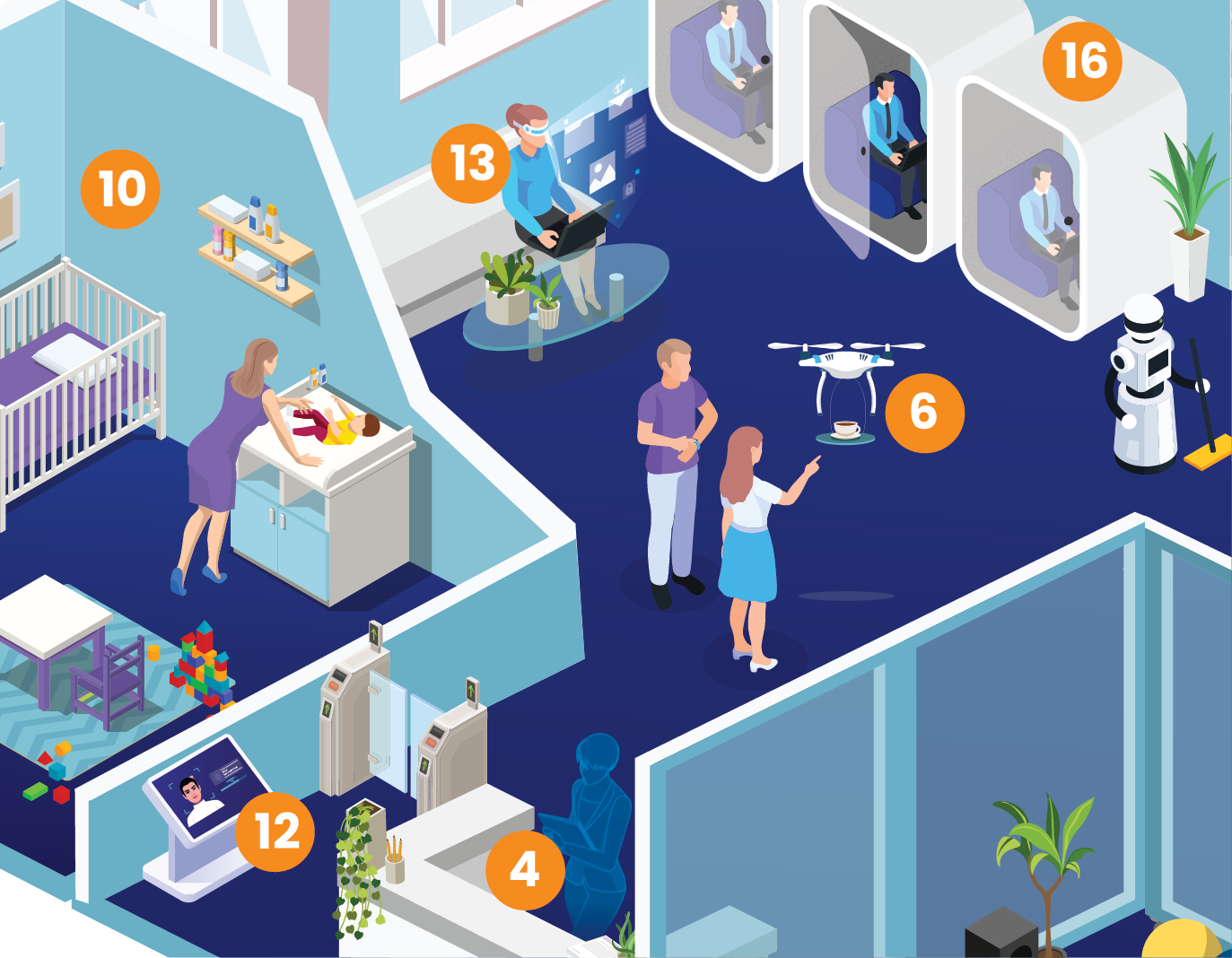
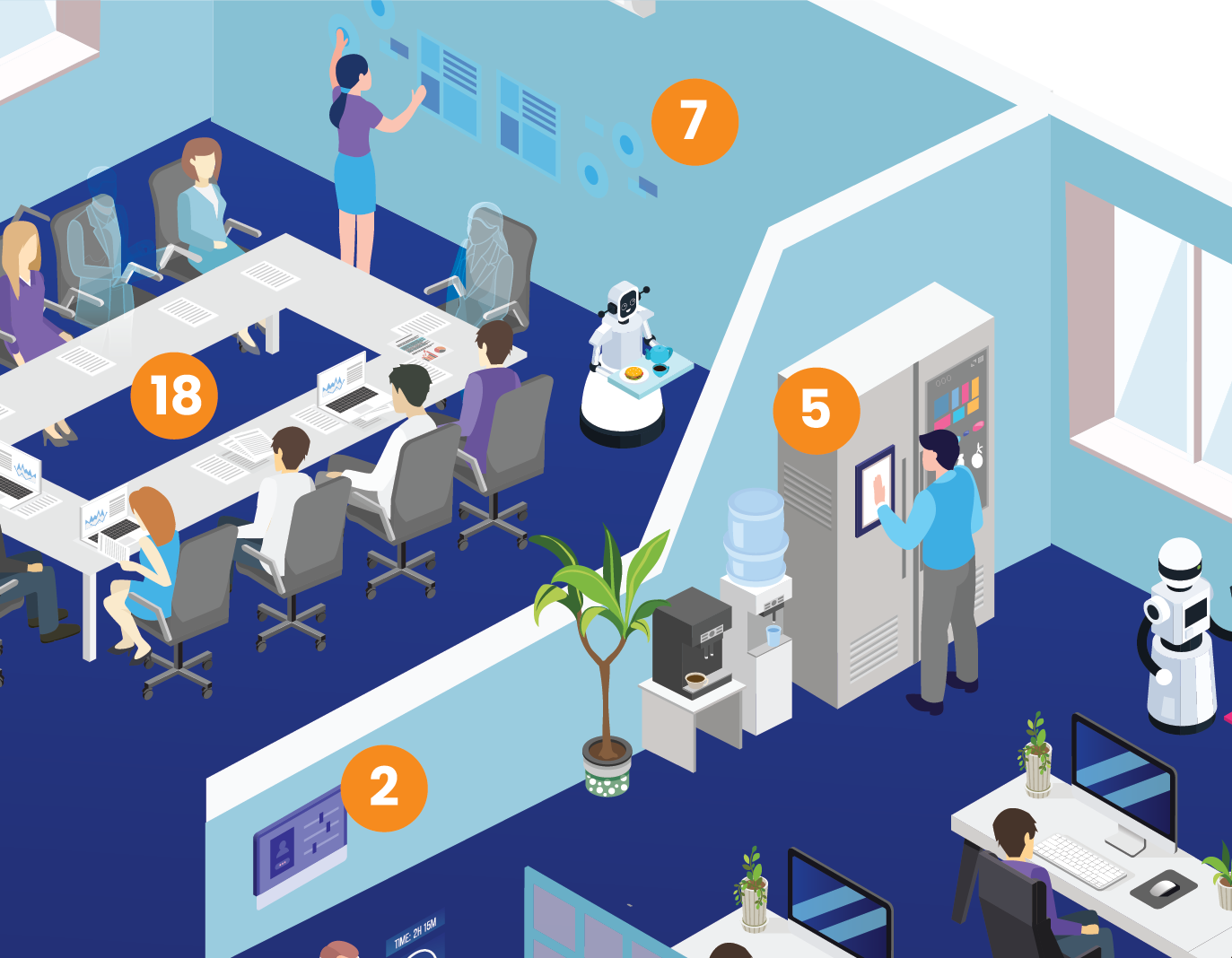
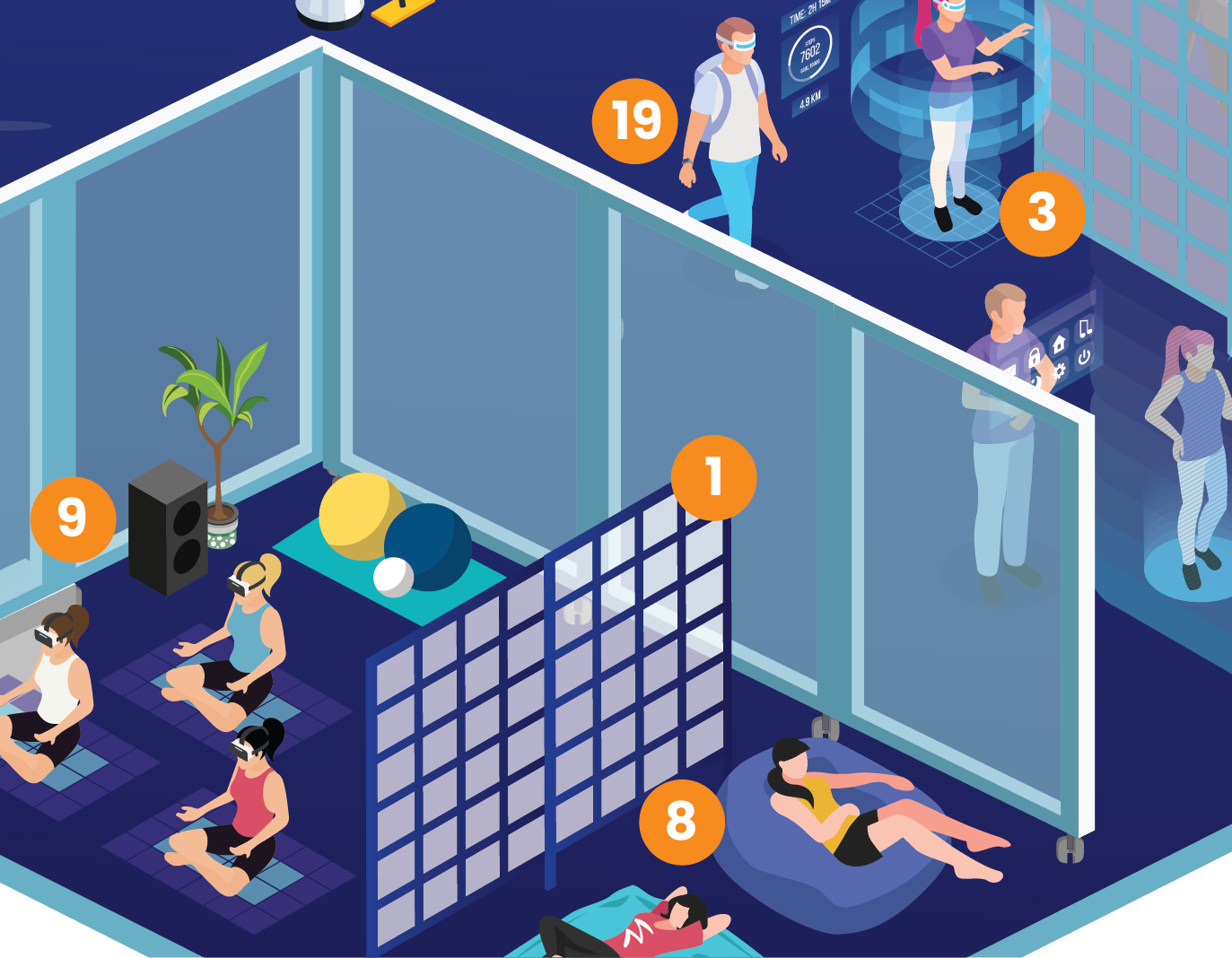
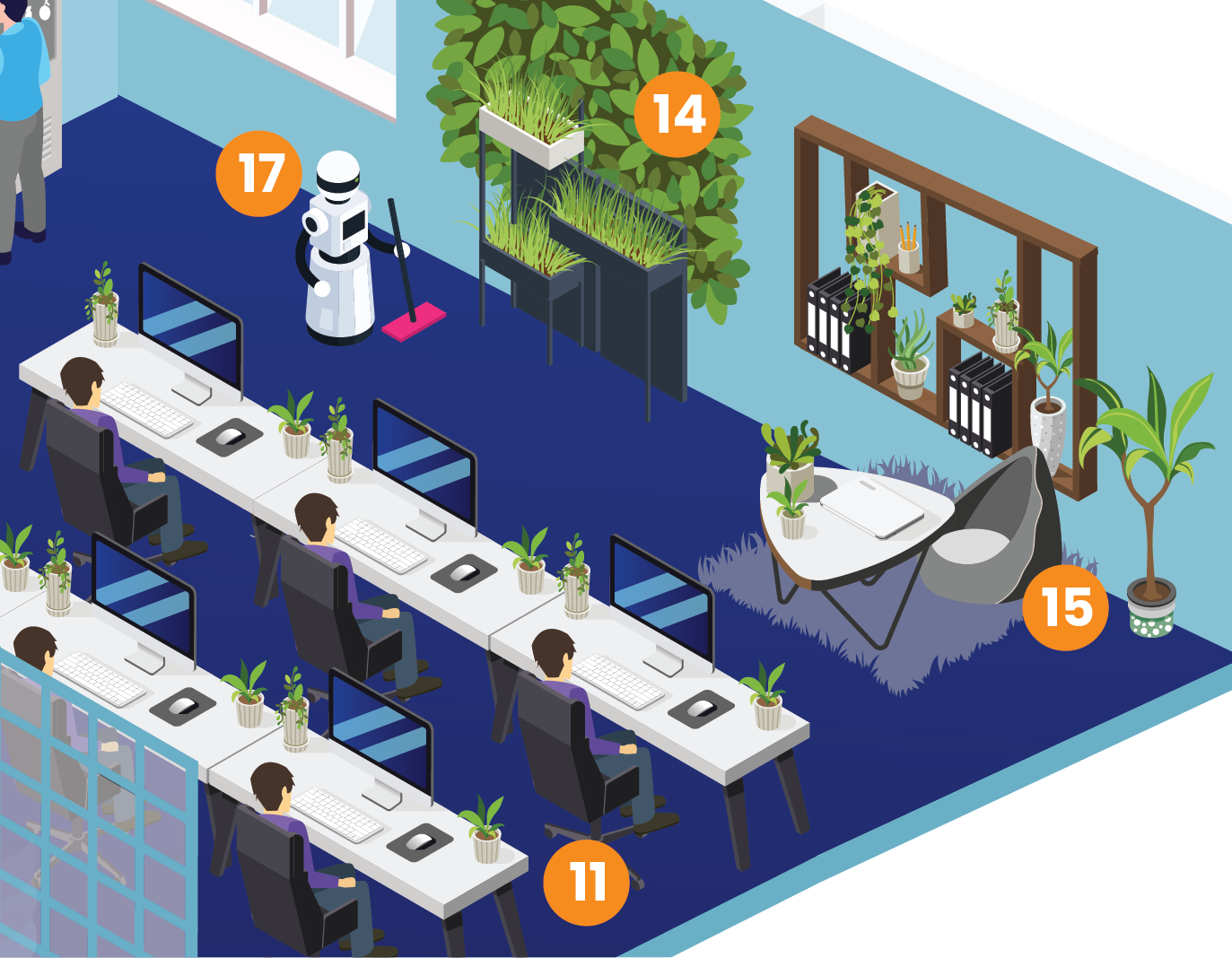
Let’s look at our office of the future in more detail and discuss the roles of these new developments in the workplace.
1. Moveable walls
Yogesh Choudhary, Founder and CEO of Finiot Inc., says modular walls will increase the adaptability of the modern office.
“Office spaces in the future will be designed to be easily reconfigured for different types of work. Modular walls will allow businesses to create meeting rooms or large floor spaces for specific projects.”
2. IOT sensors
Ivan Begunov, Founder of Lucky Loki AI, suggests IOT sensors could be used to monitor the office environment.
“IOT sensors will be used to collect data on air quality, temperature, and lighting levels. AI will analyse this data to make real-time adjustments to ensure the workplace is always optimised for comfort and productivity.”
3. Virtual reality

Virtual reality is a 3D, computer-generated environment which can be explored and interacted with. This technology will be used in offices to create immersive environments for training, meetings and meditation.
VR will be used to create immersive training experience, allowing new employees to test themselves in real-life scenarios, all from the comfort of a shared meeting room.
Hila Harary from Tectonic Shift believes VR is the future of meditation.
“VR will be used for meditation. It can be used to create a relaxing environment where employees can de-stress and disconnect.”
Richard Nolan, CPO at Epsonow, agrees that VR has huge potential in the office.
“VR meetings will allow teams around the world to collaborate in a virtual office environment without actually having to physically be there.”
For people who are in the office, employees dialling in could appear as holograms, allowing them to interact with remote workers as if they were in the same meeting room.
4. Holographic receptionist
Employees will be greeted by a hologram receptionist. This AI operated virtual assistant will speak any language in the world and answer any questions employees have about their working week. We are already beginning to see early versions of this being introduced around the world.
5. Biometric rotating fridges
Tired of people stealing your food in the office? This will be a thing of the past soon as offices introduce biometric rotating fridges. The fridge handle will recognise your handprint and rotate to bring your food to the front.
6. Drone tea trays
AI has predicted that we will soon see drones delivering our morning brew, take remote orders and deliver hot drinks to people around the office.
7. Nano paints
Nano technology is tipped to have a big impact in the near future, and this is true for the office too. Nano paints could be used to create wall screens, allowing employees to watch training videos, display calendars and interact with these screens without leaving any permanent marks on the office walls.
8. Napping beds
Hila Harary explains how workplace napping can be beneficial:
“Our society is suffering from a lack of sleep due to overwork, high-speed life and stress. We would likely find modular beds that recline, designed for either sitting or napping. This will help employees recharge and refresh throughout the working day.”
9. On-site babysitter
As the boundaries between personal and professional life become increasingly blurred, we could see a place for babies in the office. A spare room in the office with a “babysitter” could support parents with young children, who could work in the office knowing their baby is close and someone is keeping an eye on them.
10. Open plan office
Miles Walker, Tech Expert & Founder of CarAudioWise.com, believes open plan offices will increase collaboration.
Offices of the future will be open plan, allowing employees to collaborate and socialise more efficiently. Modular walls will mean break-out rooms can be easily created if small groups want privacy for meetings, meditation or a nap.
11. Face scan entrance system
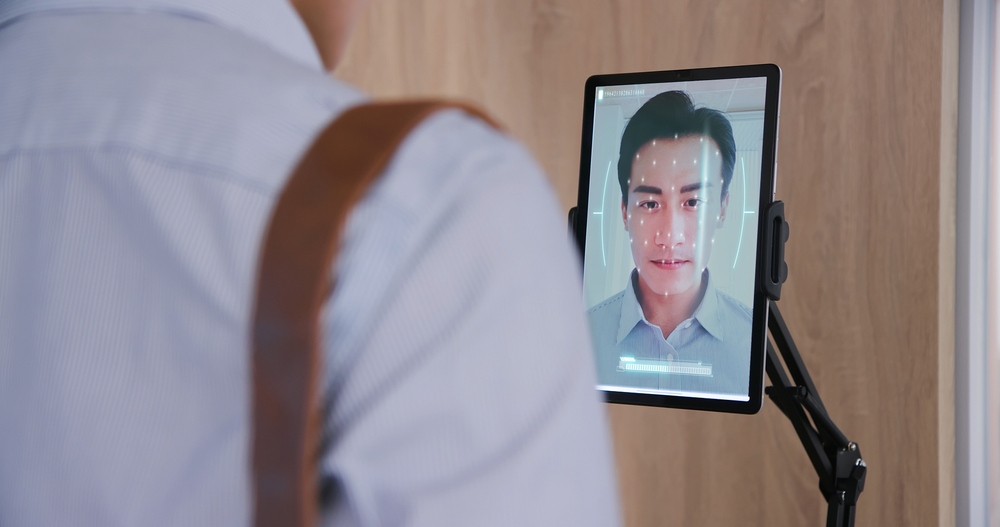
A touchless entrance system for both hygiene and ease of use could be introduced to offices in the future. This technology will scan employees’ faces to allow access to the office and keep a log of who is inside the building for health and safety.
12. AR glasses
Marco Naez, Owner of Marketing Agency Emerald Skygroup, suggests AR glasses could become the new norm.
“In the future, we could see glasses that provide a full AR experience where it feels like you’re in an augmented version of regular life. For example, you will be able to see and work on touchable screens that appear in the air. This could be used at home too, where you could see your colleagues as if you were in a room together.”
13. Green walls
Connor Harbison, Founder of Urban Atlas Farms, expects to see modular green walls in the office of the future:
“Modular green walls can help transform any unused space into a garden that provides fresh food and improves mental health. These living walls and biophilic furniture can provide an attractive, innovative environment.”
14. Biophilic & high-tech furniture
Jonathon Poston M.E., Business Growth & Innovation Consultant, also mentions biophilic furniture.
“Biophilic design is the concept of incorporating natural elements into our built environments. Furniture designs could take inspiration from this approach, for example, a chair could be designed to mimic the shape and texture of a natural object like a tree trunk or rock.
“Furniture is also likely to be high-tech. We could begin to see coffee tables with built-in display screens, or a chair designed with biofeedback technology to maximise comfort for the user.”
15. Anti-distraction technology
Muhammad Waqar, Founder & CEO of Build.com, says technology will help employees avoid distractions.
“With the rise of open-plan and the increasing prevalence of distractions like smartphones and social media, anti-distraction technology could become very important. This could include noise-cancelling headphones and software designed to block distracting websites.”
16. AI and robotics
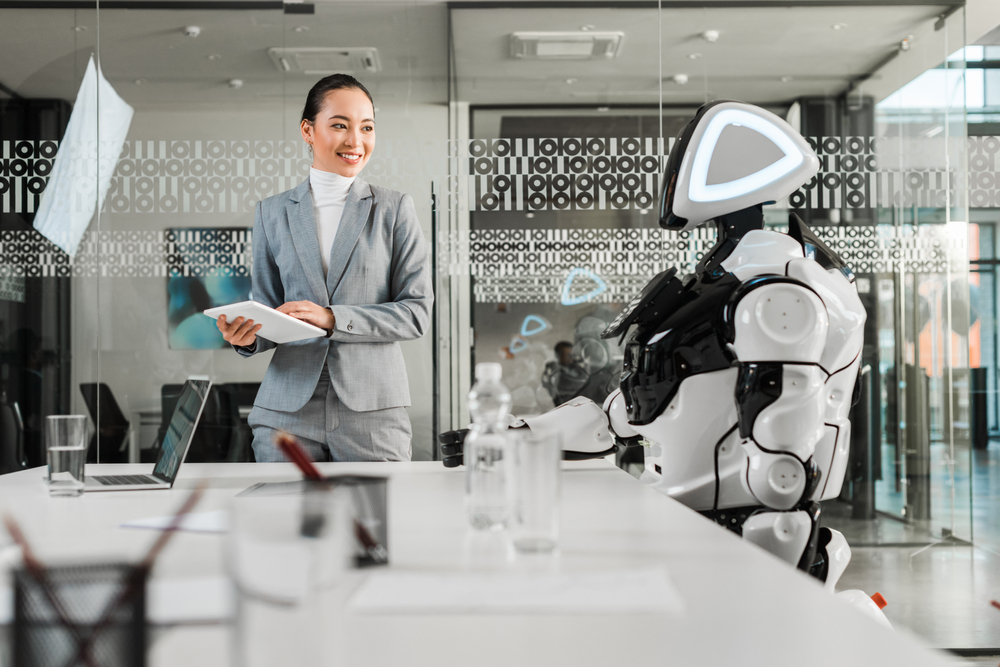
Richard Nolan also commented on AI and robotics in the office of the future:
“Robots and AI could begin to take on mundane tasks like data entry or research, freeing up human employees for more meaningful activities that require higher levels of thinking. We could even see humans control robots remotely, allowing them to have a physical presence in the office without actually being there.”
There is no doubt that AI is already having a huge impact on the way we work, and this will only increase. AI will soon be relied on for many different business operations, which could pave the way for a four-day working week. With humans only being required for more complex tasks, there will no longer be a need for them to work as many hours.
17. Biofeedback wristbands
With the modern push for health and wellbeing, we could see biofeedback wristbands being handed out to employees. These bands will monitor employee health and performance, providing real-time feedback and recommendations for improving productivity and wellbeing.
Our predictions for future office spaces
Four-day working weeks, hybrid and remote working, and virtual meetings are fast becoming the norm, and we are already beginning to see the early stages of our predictions. AI is being used for automating basic tasks and its capabilities will become more complex as technology advances.
We also expect to see open plan offices, napping and meditation rooms, and on-site babysitters become more common, in the near future, as businesses strive to offer more health and wellbeing benefits. Augmented reality glasses and biometric fridges might be a little further off, but are certainly within the realm of possibility.
All our furniture is designed to meet the demands of the modern office environment. You can find space-conscious storage, ergonomic chairs and desks with height adjustment features on our website.









